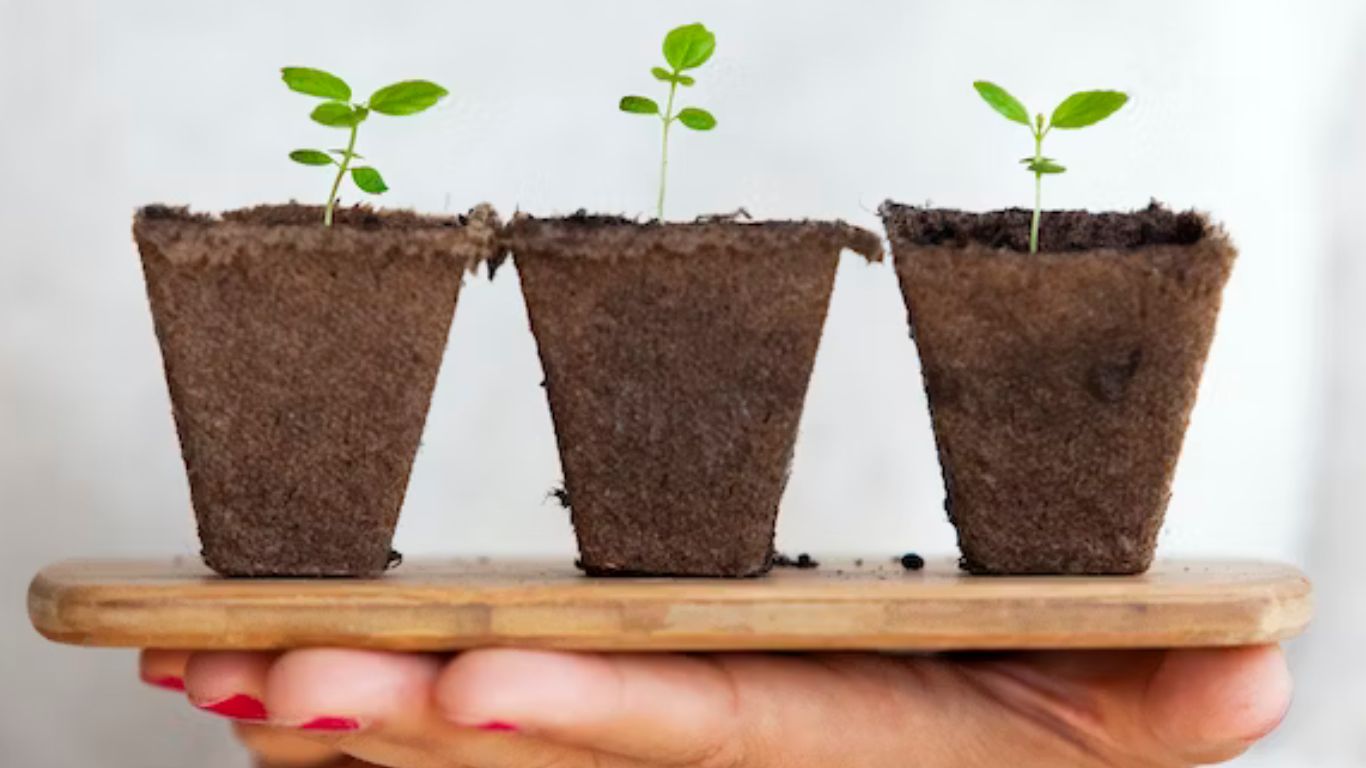Your Cart is Empty

Wildflowers are beautiful, colorful and unique plants that grow in a variety of environments across the world. From the deserts of the American Southwest to the forests of Europe, wildflowers provide a splash of color to the natural world. But what is the lifecycle of these plants? How do they grow from seed to blossom? In this blog post, we will explore the fascinating lifecycle of wildflowers.
Stage 01 : Seed Germination
The lifecycle of a wildflower begins with seed germination. Wildflower seeds can lie dormant in the soil for years before conditions are right for them to grow. When the soil temperature and moisture are just right, the seed will begin to sprout. The first part of the plant to emerge from the seed is the root system. This is essential for the plant to take in water and nutrients from the soil.
Stage 02 : Seedling Stage
Once the root system is established, the seedling stage begins. During this stage, the plant will begin to produce its first true leaves. These leaves are different from the cotyledons, or seed leaves, that first emerged from the seed. The true leaves are what the plant will use to photosynthesize and create energy.
Stage 03 : Vegetative Growth Stage
After the seedling stage, the plant enters the vegetative growth stage. During this stage, the plant continues to grow and produce more leaves. The leaves will become larger and more complex, allowing the plant to take in more sunlight and create more energy. This stage can last for several months, depending on the species of wildflower.
Stage 04 : Bud Formation Stage
As the plant continues to grow, it will eventually enter the bud formation stage. This is when the plant begins to produce buds, which will eventually become flowers. The buds will grow larger and more pronounced over time, until they are ready to bloom.
Stage 05 : Flowering Stage
Finally, the plant enters the flowering stage. This is when the plant produces its beautiful, colorful flowers. The flowers are not just aesthetically pleasing; they also play an important role in the plant’s reproduction. Insects and other pollinators are attracted to the flowers’ bright colors and sweet scents, and they help to transfer pollen from one flower to another. This process is essential for the plant to produce seeds and continue its lifecycle.
Stage 06 :Seed Production Stage
After the flowers have been pollinated, the plant enters the seed production stage. The flowers will eventually wither and fall off, leaving behind seed pods or heads. The seeds will ripen inside the pods or heads, and eventually be released into the environment. This marks the end of the plant’s lifecycle, and the beginning of a new cycle.
Conclusion
The lifecycle of wildflowers is a fascinating process that involves seed germination, seedling stage, vegetative growth stage, bud formation stage, flowering stage and seed production stage. Each stage is important for the plant to grow and reproduce. Wildflowers play an important role in the ecosystem, providing food and habitat for insects and other animals. By understanding their lifecycle, we can appreciate these beautiful plants even more.
Comments will be approved before showing up.